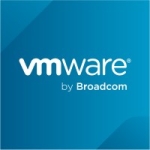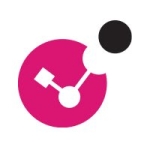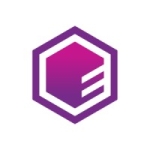I work in a finance-based company, so what we look at would be an anti-malware suite to inspect IPS policies, firewalls, and other such stuff.
The most valuable features of the solution are the log inspection and the IPS, which are the most effective compared to other tools.
Log inspection completely reviews all the logs on the machine rather than me going and investigating. I can take a quick look into the issues with Trend Micro Deep Security.
The tool needs to be made more user-friendly. The dashboard is there, but the solution's false positives are a bit higher.
I have been using Trend Micro Deep Security for three years. I am a customer of the solution.
It is a stable solution. Stability-wise, I rate the solution a six to seven out of ten.
I have no complaints about the scalability of the product. Scalability-wise, I rate the solution a seven out of ten.
If I speak about the support directly from Trend Micro's team, I rate the technical support as five out of ten.
If I consider the support that I get from Trend Micro's sales engineering team, I would rate the support as a seven or eight. The support team does not reply, and if they do, they provide a response after a week, even if you say that we urgently need their help. The local team in my country, which is the engineering team from the sales side, contacted us and asked whether they could help us in any way with the ticket raised from our end.
The product's initial setup phase was super easy. Trend Micro's team was there to support us when we were setting it up. The sales team and sales engineering team were also helpful.
If ten means very easy setup and one means difficult, I rate the setup phase a seven to eight.
Within business hours, the solution was deployed in two days, considering that there was a need to set up policies and servers.
With Trend Micro's virtual patching in place, the IPS rules are quite effective, so I don't have to patch my systems right away. Trend Micro has been quite aggressive in releasing the IPS rules, which protect our servers from any such incidents.
I wouldn't think that I have seen any reduction in security-related costs since implementing the solution. I have not seen a reduction in the pricing of the security suite, given the fact that the risks have been increasing worldwide or at a global level. We have to put more money to protect ourselves.
I would not blame Trend Micro for not ensuring that users see the cost reductions. Considering the many developments in the general market, the tool has to stay updated.
The compliance management in Trend Micro Deep Security has not very much improved the security audits, especially since we are using the on-prem version. With the on-prem version, you don't get much of the compliance management part. The SaaS version is quite different and we are looking to switch to it.
The fact that Trend Micro Deep Security has integrated everything with Trend Vision One is something that is more than sufficient.
We are using the tool's on-prem version, so I don't think I have seen anything related to AI.
I have not seen anything related to automation in the tool.
The suite is better, so when you are buying a product, make sure that you squeeze everything into one since that is where the real money lies.
I think the major value for my company does not come from Trend Micro Deep Security but from Trend Micro Vision One, XDR Telemetry, and everything else.
If a person has completed the integration, you don't have to look at the different modules of Trend Micro Deep Security, as you can just log into Trend Vision One and do all the XDR analysis.
I rate the tool an eight out of ten.





















